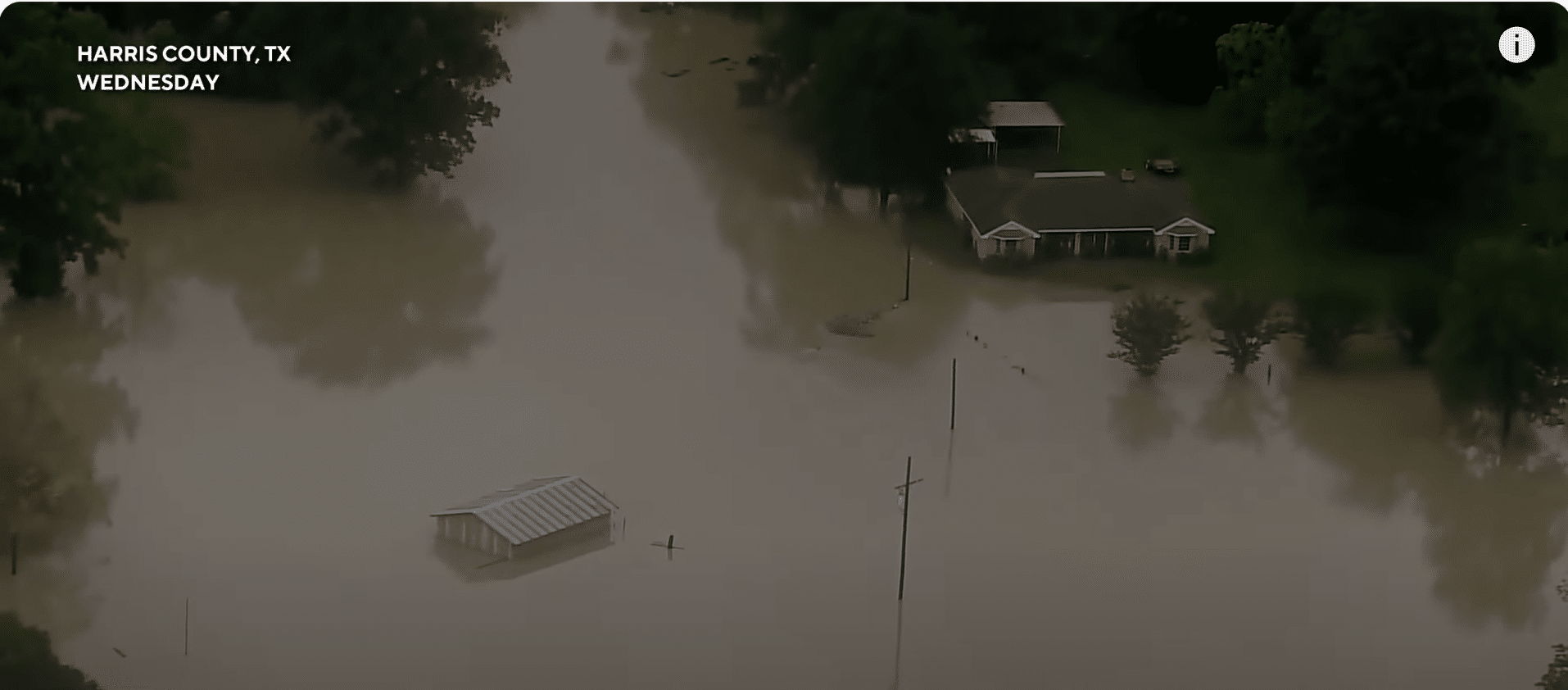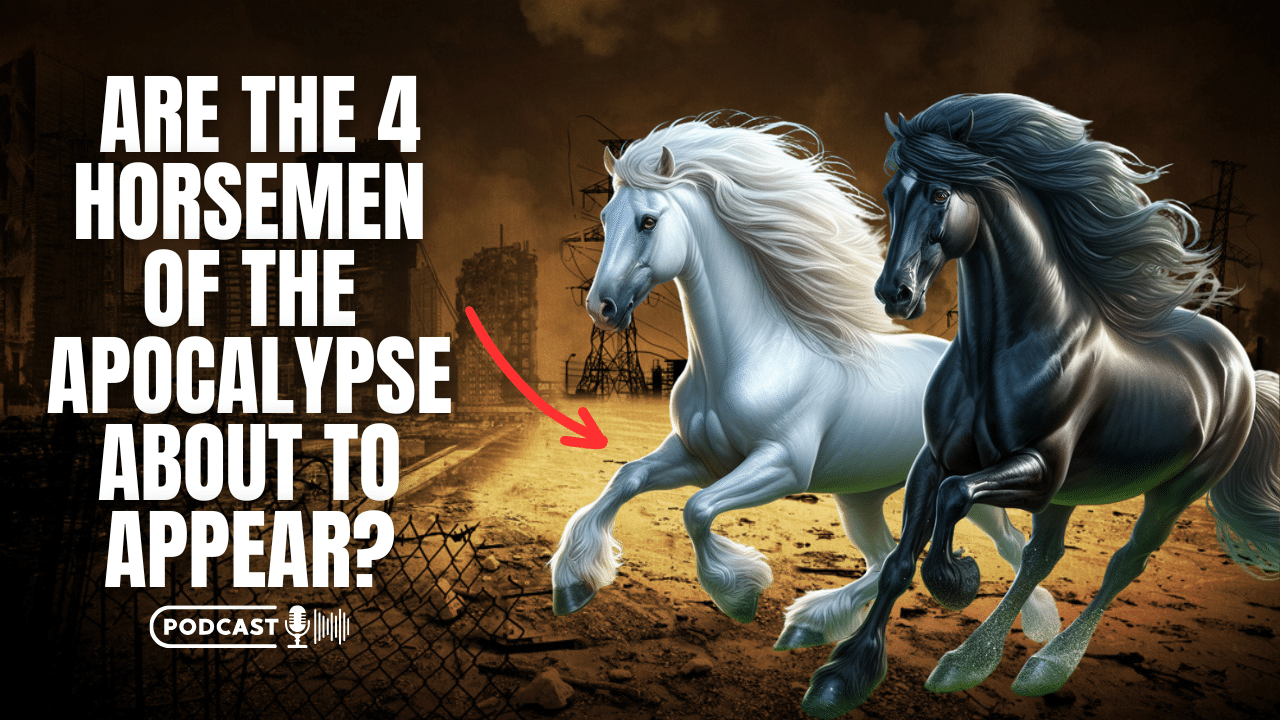Extreme land use combined with warming temperatures are pushing insect ecosystems toward collapse in some parts of the world, scientists reported Wednesday.
The study, published in the journal Nature, identified for the first time a clear and alarming link between the climate crisis and high-intensity agriculture and showed that, in places where those impacts are particularly high, insect abundance has already dropped by nearly 50%, while the number of species has been slashed by 27%.
These findings raise huge concerns, according to Charlotte Outhwaite, the lead author of the study and researcher at the University College London, given the important role of insects in local ecosystems, pollination, and food production, and noted that losing insects could threaten human health and food security.
“Three-quarters of our crops depend on insect pollinators,” Dave Goulson, a professor of biology at the University of Sussex in the UK, previously told CNN. “Crops will begin to fail. We won’t have things like strawberries.
“We can’t feed 7.5 billion people without insects.” Outhwaite said their findings “may only represent the tip of the iceberg,” because of the limited amount of evidence in some regions.
Tom Oliver, a professor of applied ecology at the University of Reading, said in a statement that scientists don’t yet know when insect populations could reach a point of no return, where their losses would be too great to overcome.
“In terms of a potential tipping point where the loss of insects causes whole ecosystems to collapse, the honest answer is we just don’t know when the point of no return is,” said Oliver, who was not involved in the study. “We know that you can’t just keep losing species without, ultimately, causing a catastrophic outcome.”
He likened the gradual loss to removing rivets from an airplane, which you can’t keep doing “without it eventually falling out of the sky.” The researchers defined high-intensity agriculture as the kind characterized by the use of chemical pesticides or fertilizers, low crop diversity, large field size or high livestock density, among other things — all of which are relatively common features of modern-day farming.

















